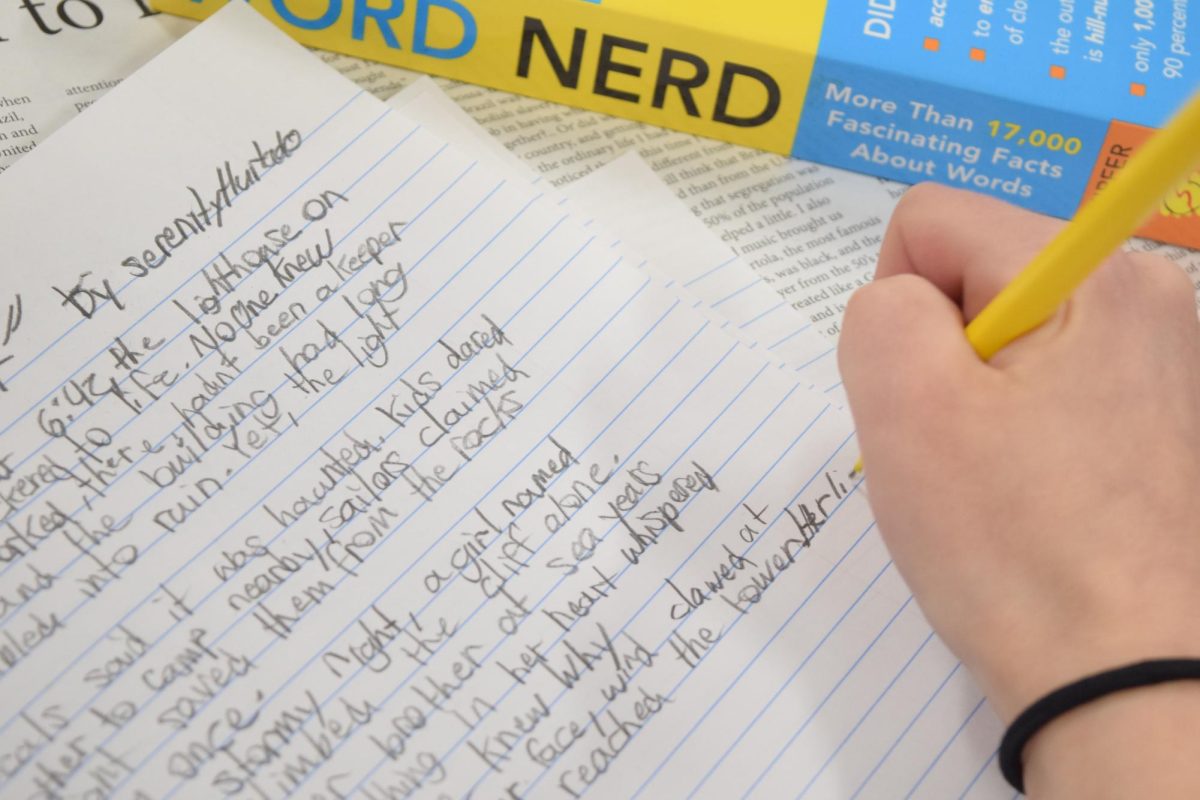Influencers have overtaken advertising, allowing rampant consumerism to appear because of accessibility to posting, and the uncapped amount of videos a person can make.
In the past, decades have had a certain trendy look. The 1920s had flapper styles, the 1980s had bold colorful outfits, the 2000s had tracksuits. But because of the popularity of social media, trends are coming in and out of style faster than ever before.
For example, if a neon sweatshirt became trendy in 1984, it would still be in style four years later, or longer. But with influencers and social media, trends are coming in and out of styles within weeks.
Influencers’ ability to make incredibly aesthetic content that pushes products coupled with the fact that they can post basically whatever they want, whenever they want, means countless products can be promoted at any given moment.
Many of these videos have created clothing trends like tennis skirts, Lululemon zip up jackets, flair leggings, oversized hoodies and t-shirts, Kendra Scott jewelry, UGG platform shoes, Hoka sneakers, Birkenstocks, North Face backpacks, puffer vests. And the list goes on.
Everyone wants to match these influencer aesthetics and own the “must have” items to fit in and feel like a part of a community. And since younger audiences are getting introduced to social media at a younger age, they are purchasing these products without regard to money which pulls kids into the culture of consumerism.
Because there are so many trends, and products are going in and out of style at rapid rates, an unnecessary mass production of similar products with lesser quality follows.
Influencers are often seen posting with their newest trendy items, or potential dupes of them. When trends are introduced, brands jump at the opportunity to create cheaper versions of them, resulting in the mass production of lower quality products.
And after these products are used to destruction, faster than normal, they are thrown into landfill, to be replaced by another insta-famous product.
Another example of consumerism is water bottles.
We’ve gone from Nalgenes, to Camelbaks, to S’wells, to Hydroflasks, to Yetis, to Stanleys, to Owalas. And if you ask most people, they will likely own, or have owned, most of these water bottles.
Again, these products are pushed and promoted by those same influencers.
The thought of not having what is in style is unthinkable to the average American, so they buy whatever is in style and dispose of whatever is “last season.”
But no one should have to buy multiple $30 water bottles just to fit in. It was estimated that more than $2 million were spent on water bottles in the US in 2022 according to Greg Williamson, who is the president of Camelbak.
This not only has harmful environmental effects but also breaks bank accounts, especially with how fast products go in and out of style.
The worst part is that because everyone wants to keep up with the trends, they aren’t using these products fully, just moving on to the next trend, resulting in mass production, waste, and unnecessary depletion of resources.
Companies, as well as influencers, are benefiting greatly from this mass production but it’s destroying our planet.
According to Friends of the Earth, overconsumption leads to increased air pollution and climate change, resulting in ecosystems being destroyed. Some of these ecosystems not only provide habitats for animals but also provide us with fresh water and materials needed to our way of life.
This cycle has not only harmful environmental effects, it but also breaks bank accounts, especially with how fast products go in and out of style.
With a new trend everyday, overconsumption is skyrocketing and purchases serve little to no purpose. Students should be saving up their money for college and their future life rather than buying the latest trendy product.









